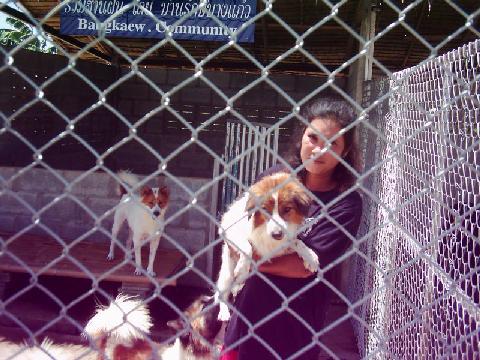

Bangkaew.Community
บ้านรักษ์บางแก้ว
เชิญตั้งกระทู้ใหม่ได้ที่บอร์ดใหม่ ที่ ชุมชนคนรักบางแก้ว
Website for sharing information and opinions on Thai Bangkaew Dog (Best view with 1024*768 Setting)
เว็บไซต์เพื่อการ ซื้อ ขาย จ่าย แจก ฝาก รับ อุปการะ สุนัขบางแก้ว
| [ Home | Background | Main Board | Photo Gallery | PDBT | Pitlok | RaksaBangkaew | Thana | Nisit | KM Search | e-Learning ] | [ For Eng/Jap Page | Webcam eBook | TBK Link | GuestBook | GoInter | Donation | e-Commerce | New Topic | Help ] |
| Bangkaew.com :: By "P and U" |

